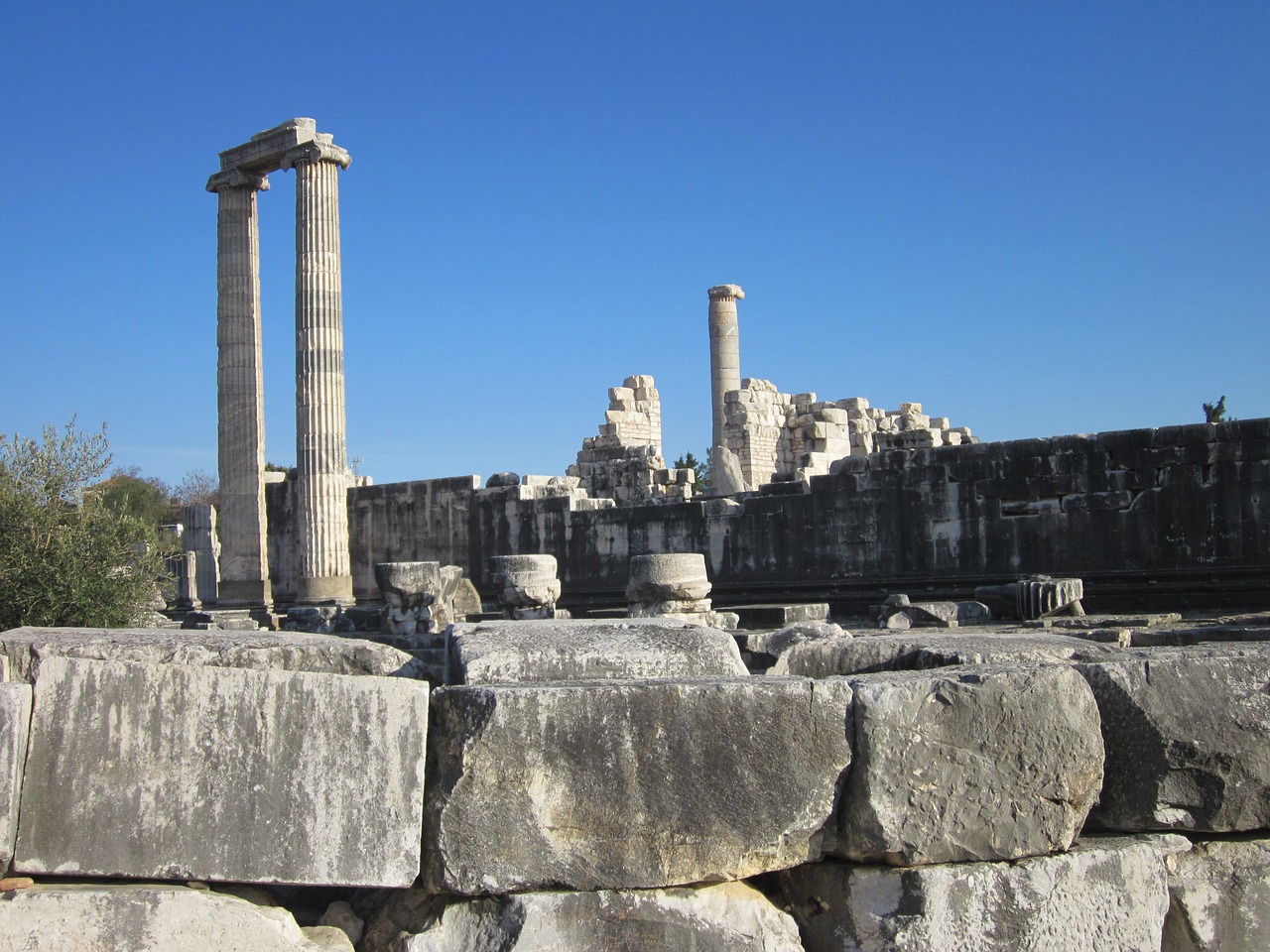Apollo: The Olympian God of Prophecy and Arts
Apollo, often referred to in Greek mythology as Apollon, is one of the revered Olympian gods, embodying a multitude of aspects including prophecy, music, healing, and the arts. He is typically portrayed as a youthful figure, characterized by his beardless face, long hair, and is commonly associated with symbols like the laurel wreath, the lyre, and arrows, accompanied often by a raven.
Myths of Apollo
Apollo’s narratives are rich and varied, featuring pivotal events such as:
– His miraculous birthplace on the island of Delos.
– The defeat of the monstrous serpent Python, the guardian of the Delphic oracle.
– His vengeance against Tityos, a giant who threatened his mother, Leto.
– The retribution on the Niobids, punished for their mother’s arrogance towards Leto.
– A disastrous musical contest with the satyr Marsyas, resulting in a tragic loss for Marsyas.
– The heart-wrenching tale of his beloved Hyakinthos, who perished due to a tragic accident involving a discus throw.
– His unreciprocated love for Daphne, who fled from him, ultimately transformed into a laurel tree.
– The sorrow induced by his lover Koronis, who was killed by Artemis due to her infidelity.
– The act of revenge against the Cyclopes responsible for crafting the fatal lightning bolt against his son, Asklepios.
– Prominent roles in various mythological tales including conflict with Herakles and involvement in the Trojan War.
Family of Apollo
Apollo’s lineage traces back to Zeus, the chief of the gods, and Leto. His twin sister is Artemis, another significant deity in Greek mythology. This connection highlights the intertwined fates and stories of the sibling pair, often involving shared adversities and battles against those who wronged their family.
The Nature of Apollo
Apollo is acknowledged as a multifaceted god with various attributes unified under overarching themes of beauty, enlightenment, destruction of evil, and the provision of prophetic wisdom. His characteristics can be categorized as follows:
- God of Destruction and Punishment: Apollo wields his arrows to enact swift justice upon the wrongdoers and those who defy the will of Zeus. His role as an avenger aligns him as a divine force who protects moral order.
- Protector from Evil: Despite having the capability to inflict disease, Apollo also offers healing and alleviation from plagues, showcasing his dual nature as both harbinger and healer.
- Diviner of Prophecy: Known for his oracular powers, particularly through the Oracle of Delphi, Apollo serves as the mouthpiece of Zeus, offering guidance and insights into the future.
-
Music and Arts Patron: As the god associated with music, Apollo inspires divine harmony and is often depicted as playing his lyre, delighting the gods with melodic tunes.
-
Guardian of Agriculture and Herds: Originally linked to pastoral care, Apollo’s role extended to protecting the flocks and promoting agricultural prosperity.
-
Establishing Civilization: Apollo also has associations with founding cities and instituting legal codes, affirming his revered status in aiding human development.
Artistic Representations of Apollo
The artistic legacy of Apollo reflects his esteemed status in Greek culture. Various sculptures, paintings, and vases showcase his physical attributes, often highlighting his idealized beauty, youth, and grace. Prominent works include the Apollo Belvedere and the statues found throughout Roman museums, capturing the essence of divine perfection as envisaged by the ancients.
Conclusion
The significance of Apollo extends beyond mere mythology; he embodies the philosophical ideals and artistic aspirations of the Greeks. His worship is intricately woven into their cultural fabric, influencing countless aspects of ancient life and continuing to resonate through historical interpretations and artistic representations throughout the ages.



